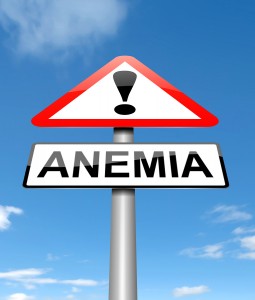I just was finally able to read and finish a book, Challenging Beliefs, by Dr. Tim Noakes that was sitting on my desk for over a year. Sometimes you only get to books like that when the time is right. It is a memoir of Dr. Noakes research, running, and writing career. He is most famous for writing the Lore of Running, the definitive text on running, which is sold in almost any bookstore I have ever been. In Challenging Beliefs, Dr. Noakes talks about the different topics he has studied over the years and one in particular really caught my attention. The idea that you can be over hydrated causing a state in the body called exercise-associated hyponatremia (EAH). This can not only affect your performance but can possibly lead to death if all the conditions are right. Symptoms of EAH are nausea, vomiting cramps and the water sloshing around in your belly as you run.
It seems to be universally know the dehydration has the potential to damage your performance in endurance sports. It makes sense. Not enough water in the body and chemical process in the body will not work the way that they should. As you lose water the sodium level in your blood begins to rise which triggers your to become thirsty. That thirst disappears after you have drank enough water and the sodium concentration returns to normal. When this potential problem was recognized there was massive education of the athletes to avoid dehydration. There was also money to be made by sports drink companies and the advice turned into the dogma that athletes should be constantly drinking to avoid zero percent dehydration or drink before you are thirsty.
EAH occurs when an athletes drinks water in such large quantities that it dilutes the amount of sodium in the blood. Water then moves into the cells increasing their volume. Normally this water would come out in the athletes urine but in some individuals they still secrete hormones that make the body retain the water. The increasing cell volume can put pressure on the brain as it expands making the whole situation worse and even lead to death in extreme cases. The treatment for these people is to add sodium to their system so the water can begin to move out.
Dr. Noakes first study on the idea of over hydrating in in durance events was in 1985 but it would take until 2003 for USA Track & Field and 2007 for the American College of Sports Medicine to accept his recommendations. More studies through out the years showed consistently that over drinking can lead to EAH and negative effects on performance and the dehydration should not necessarily be so feared. In fact, another study of the 1997 New Zealand Ironman Triathlon, showed those athletes who perform best often are dehydrated to some degree at the end of a long race. Some races even reduced the number of aid stations on longer races noticing a reduction in need for drastic medical attention for the athletes. Challenging Beliefs is fascinating and worth the time to read if you are interested in athletics of any kind.
It still happens that a relatively healthy athlete dies during a marathon from over drinking. At the very least over-hydrating can negatively affect your performance. I wonder how often a person is very disciplined in their training, is in shape for a marathon, only to be sabotaged by drinking large amounts of water days before and then during the race. I have had so many patients well train, fit and ready for a marathon only make it half way through a race and have to pull out. Maybe I should have told them to avoid over hydrating and it might have made a difference. I also think about the people who have over-trained and stressed there adrenal glands. One of the functions of the adrenal glands is to help regulate electrolyte balance through a hormone called aldosterone. Are these over-trained individuals more susceptible to EAH? It might be one more reason to be mindful over over-training.
Here are Dr. Noakes recommendations on hydration:
- Be trained and fit enough to race the distance you have signed up for.
- Drink when your are thirsty which tends to be between 400mls, and no more than 800mls per hour, of water. This could vary with fitness level and conditions.
Pretty simple but some many of the best ideas are.







